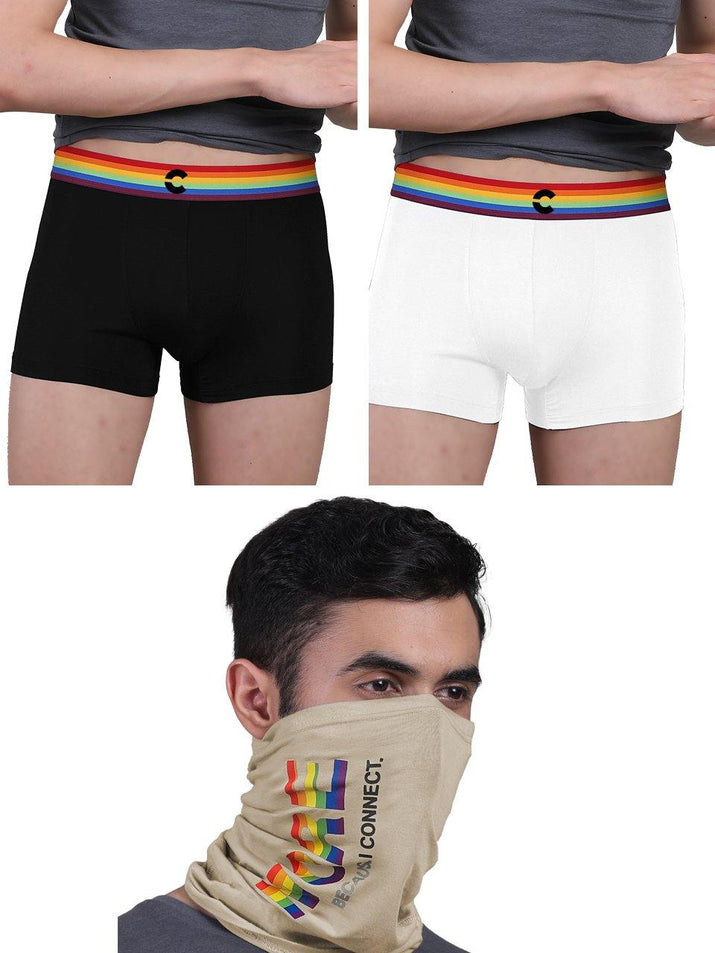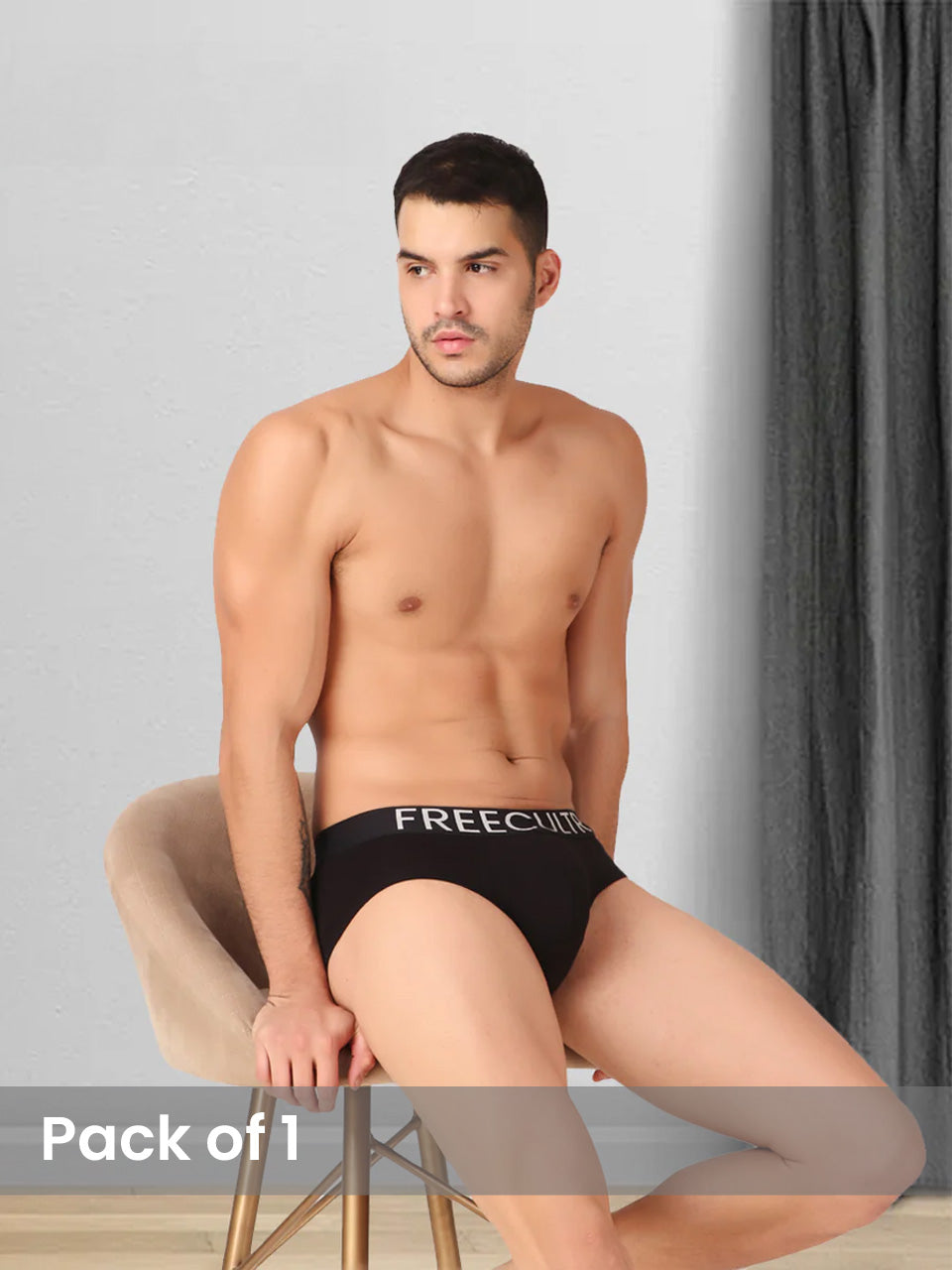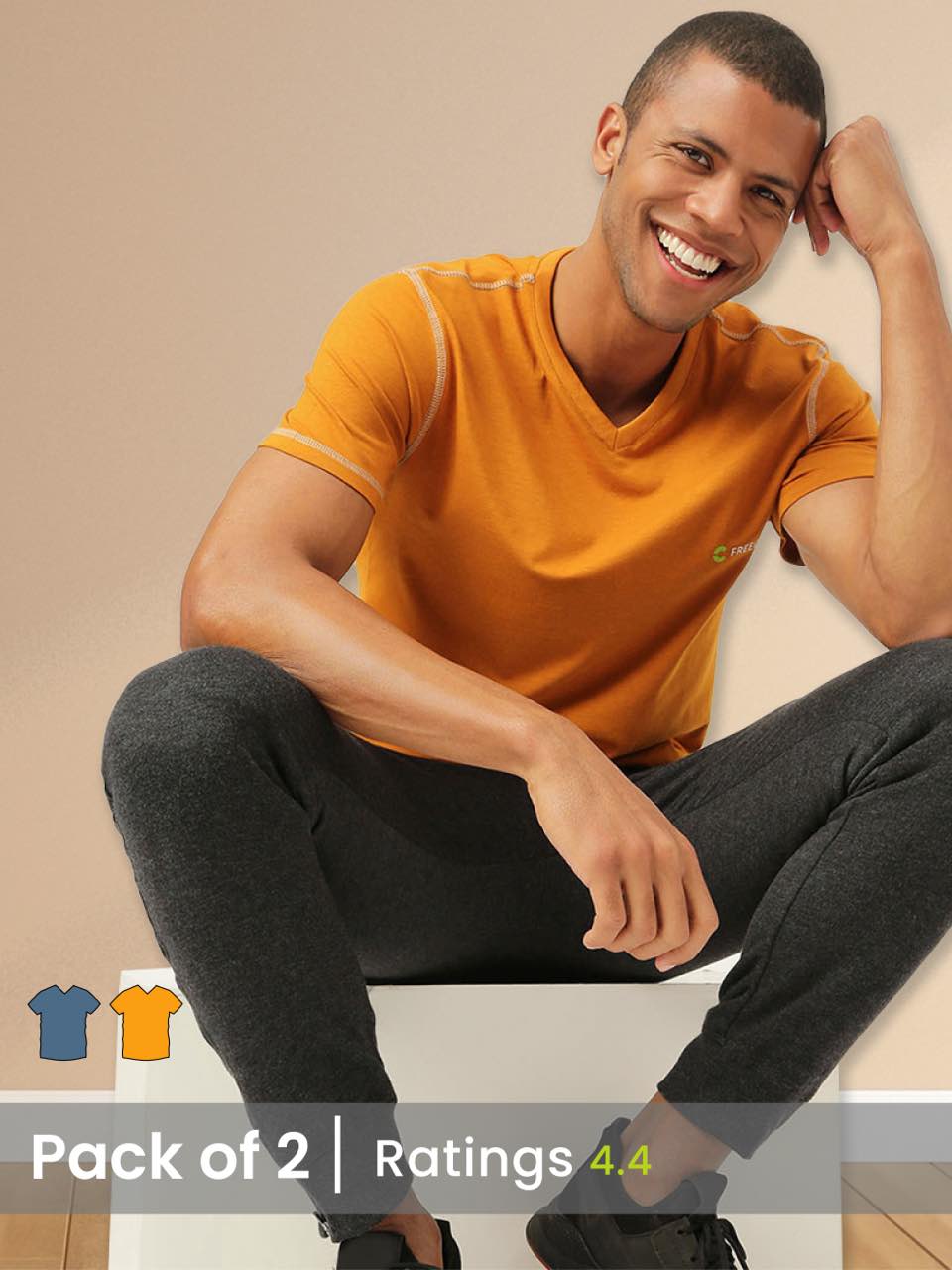The bandana, a deceptively simple square of woven fabric, transcends its humble origins to become a powerhouse of versatile style and practical utility. Fashion-forward individuals now embrace the bandana as a sophisticated neckerchief, a chic hair accessory, or even a statement pocket square, reflecting its resurgence on recent runways and in streetwear. Beyond aesthetics, its tightly woven cotton construction offers crucial functional benefits, efficiently wicking moisture as a headband, providing particulate filtration as a makeshift mask, or shielding skin from UV radiation. This enduring adaptability, from its classic cowboy roots to its contemporary integration into sustainable fashion lines and performance wear, underscores the bandana's unique ability to merge robust design with ever-evolving human needs and aesthetic sensibilities.

The Enduring Appeal of the Bandana
The bandana, a seemingly simple square of cloth, boasts a rich history and an unparalleled versatility that transcends fashion trends and practical applications. Far from being merely an accessory, the bandana has served as a symbol, a tool. A canvas for self-expression across cultures and generations. Its enduring appeal lies in its adaptability, offering both a statement of style and a solution for various practical needs. Understanding the bandana's evolution and multifaceted uses reveals why this humble item remains a staple in wardrobes and utility kits worldwide.What Defines a Bandana?
At its core, a bandana is a piece of fabric, typically square-shaped, often featuring distinct patterns or solid colors. The term "bandana" itself is believed to originate from the Hindi word "bandhana," meaning "to tie." Historically, bandanas were made from cotton, known for its absorbency and breathability, making them ideal for everyday use. While traditional bandanas often measure around 20-22 inches (50-55 cm) per side, variations in size and material have emerged to suit diverse purposes.Practical Utility: More Than Just a Fashion Accessory
Beyond its aesthetic appeal, the bandana offers a surprising array of practical utilities, making it an indispensable item for adventurers, workers. Everyday individuals alike. Its simple design belies its capacity to address various needs in different environments.- Head Protection A bandana can be folded and tied as a headband to absorb sweat during physical activity, keeping it out of the eyes. It can also offer protection from sun exposure, wind, or dust, especially for hair and scalp. In colder conditions, a bandana can provide a thin layer of warmth for the ears and head.
- Neck Comfort Worn around the neck, a bandana can shield the skin from sunburn, act as a barrier against dust and debris, or provide a degree of warmth in chilly weather. For those engaging in outdoor sports or labor, it can absorb sweat, preventing chafing.
- Emergency Tool In survival or first-aid scenarios, a bandana's utility truly shines. It can serve as a makeshift bandage for minor cuts, a sling for an injured arm, or a tourniquet in extreme situations. Its fabric can filter large particles from water (though not purify it), or be used to collect dew.
- Cleaning and Wiping The absorbent nature of cotton bandanas makes them excellent for wiping sweat, cleaning glasses, or drying small items. They can also be used to wipe down surfaces or clean tools in a pinch.
- Identification and Signaling In group settings, a specific color or pattern of bandana can denote team affiliation or identity. In emergency situations, a brightly colored bandana can be waved to signal for help or tied to a high point for visibility.
- Dust Mask In dusty environments, a bandana can be tied around the lower face to filter out larger airborne particles, offering basic respiratory protection. This is particularly useful in construction, gardening, or arid climates.
Styling the Bandana: A Fashion Statement
The bandana's versatility extends seamlessly into the realm of fashion, where it can transform an outfit, add a pop of color, or express personal style. Its adaptability allows for countless ways to incorporate it into one's attire.- Hair Accessories
- Headband Folded into a strip, a bandana can be tied around the head as a classic headband, keeping hair out of the face while adding a stylish touch.
- Hair Wrap For a bohemian or retro look, a bandana can be fully wrapped around the head, covering hair, or tied at the back.
- Ponytail/Bun Tie A simple way to elevate a hairstyle is to tie a bandana around the base of a ponytail or bun, allowing the ends to flow freely.
- Neck Scarves
- Classic Knot Tied simply around the neck with a knot in the front or to the side, this adds a casual yet chic element.
- Cowboy Knot Folded into a triangle and worn with the point facing down the chest, reminiscent of traditional Western wear.
- Ascot Style For a more refined look, a bandana can be loosely tied around the neck, tucked into a shirt collar.
- Wrist/Armbands A bandana can be folded and tied around the wrist or forearm as a bracelet or an absorbent band during workouts.
- Bag Embellishments Tying a bandana to the handle of a handbag, backpack, or tote can add a personalized touch and a splash of color.
- Pocket Squares For a touch of sartorial flair, a smaller bandana or a larger one folded precisely can be inserted into a suit or jacket pocket as a pocket square.
- Clothing Accents A bandana can be tied around a belt loop, used as a makeshift belt, or even sewn onto clothing for a unique design.
Choosing Your Bandana: Material, Size. Pattern
Selecting the right bandana involves considering its intended use, whether primarily for practical utility or as a fashion statement. The material, size. Pattern each play a crucial role in its functionality and aesthetic.| Feature | Description & Considerations |
|---|---|
| Material |
|
| Size |
|
| Pattern & Color |
|
Caring for Your Bandana
Proper care ensures the longevity and hygiene of your bandana, especially if it's used for practical purposes. Most bandanas, particularly those made of cotton, are machine washable.- Washing For cotton bandanas, machine wash with like colors in cold or warm water using a mild detergent. Avoid harsh bleaches, which can degrade the fabric and fade colors. Silk bandanas often require hand washing with a gentle soap and air drying to preserve their delicate fibers. Synthetic bandanas usually follow similar care instructions to other performance fabrics.
- Drying Air drying is recommended to prevent shrinking and prolong the life of the fabric. If using a dryer, opt for a low heat setting.
- Ironing Cotton bandanas can be ironed on a medium-hot setting to remove wrinkles. Silk bandanas should be ironed on a very low setting, preferably while still slightly damp, or with a pressing cloth.
The Bandana in Culture and History
The bandana's journey through history is as colorful as its patterns. Originating in South Asia as printed and dyed cloths, they gained popularity in Europe and America. In the American West, cowboys and railroad workers adopted the bandana for protection against dust, sun. Sweat. During the Industrial Revolution, it became a practical item for factory workers. The mid-20th century saw the bandana evolve into a symbol of various subcultures, from motorcycle gangs to counter-culture movements. It played a significant role in political protests and served as a silent signifier of affiliation. Today, the bandana continues to be embraced globally, appreciated for its blend of historical significance, practical utility. Timeless style. The bandana stands as a testament to the power of a simple design to adapt and endure across diverse contexts.Conclusion
The humble bandana, far from being a mere accessory, truly stands as a testament to versatile style and indispensable utility. We've seen how this simple square of fabric seamlessly transitions from a chic neckerchief, mirroring recent runway trends in bohemian streetwear, to a pragmatic face covering on dusty trails or during unexpected city pollution. My personal tip? Always stash one in your day bag; I've used mine for everything from a sudden downpour hair protector during a hike to a quick lens cleaner for my camera – its adaptability is genuinely unmatched. Embrace the bandana not just as a fleeting fashion statement. As a dynamic tool. Dare to experiment with new knots for your hair, integrate it as a vibrant pop of color on your handbag, or discover how it can enhance your outdoor activities by wicking away sweat. This small but mighty textile invites you to unleash your creativity and preparedness, proving that the most impactful items are often the simplest. Let the bandana be your next canvas for personal expression and practical ingenuity.More Articles
Bandana for Men – Stylish Headwear & Functional AccessoryBandana – Ultimate Sun Protection & Moisture Wicking
Sleeves – UV Protection & Enhanced Performance
Sling Bag – Convenient Access & Secure Storage
Men's Tank Top – Athletic Performance & Cool Comfort
FAQs
So, what exactly is a bandana?
A bandana is a square piece of cloth, usually made of cotton and often featuring a patterned design, most famously paisley. It's incredibly versatile and has been around for ages, used for everything from fashion statements to practical tasks.
How can I actually wear one? Are there many ways?
Absolutely! Bandanas are super versatile. You can wear them as a headband, neckerchief, wrist wrap, or even tie them to a bag strap for an extra pop of color. Some folks even use them as a makeshift face covering or a hair tie.
Besides looking cool, do bandanas have any real uses?
Definitely! They're not just for show. Bandanas are great for soaking up sweat, protecting your neck or head from sun, keeping dust out of your face, or taming unruly hair on a windy day. They can even be a makeshift bandage in a pinch.
What materials are bandanas typically made from?
Most classic bandanas are made from 100% cotton, which makes them breathable, absorbent. Easy to wash. You can also find them in other materials like silk for a softer feel, or polyester blends for durability and quick-drying properties.
Are bandanas only for adults, or can kids wear them too?
Bandanas are for everyone! Kids can totally rock them too, whether for style, keeping hair out of their eyes during play, or even as part of a costume. Just make sure it's tied securely and not too tight for little ones.
What's the best way to clean my bandana?
Good news, they're usually pretty low maintenance! Most cotton bandanas can be machine washed with similar colors in cold water and tumble dried on low. To prevent fading or shrinking, it's always a good idea to check the specific care label if it has one.
I've seen bandanas in lots of colors and patterns. Are some more popular?
While there's a huge variety, the classic red or blue bandana with a white paisley pattern is probably the most iconic and widely recognized. But, you can find them in virtually every color of the rainbow and countless designs, from abstract art to floral prints, catering to any personal style.






